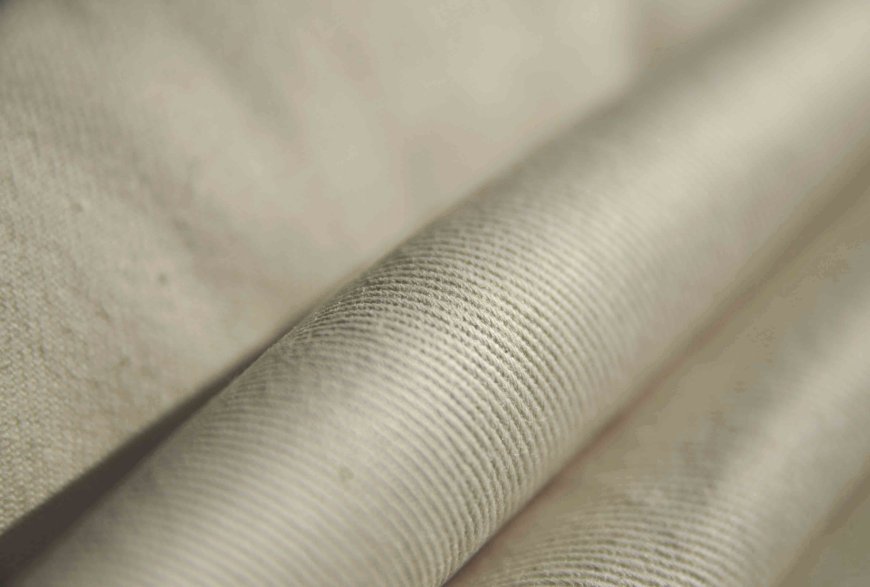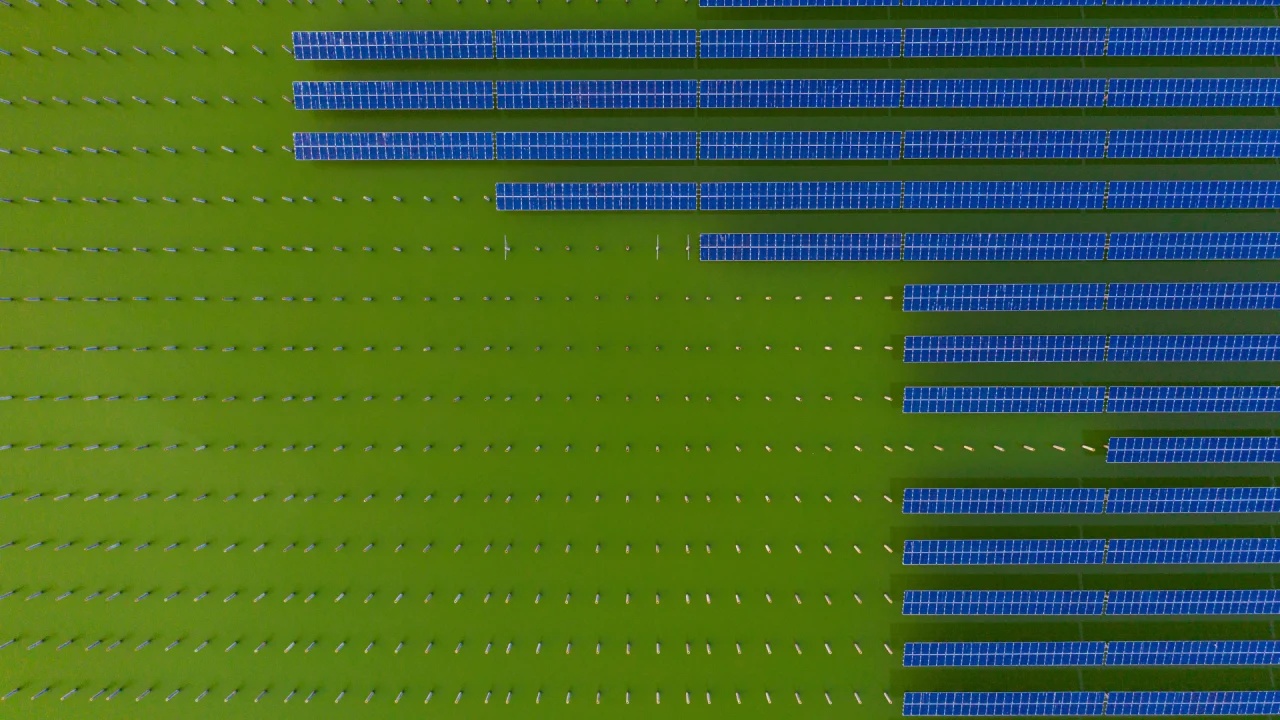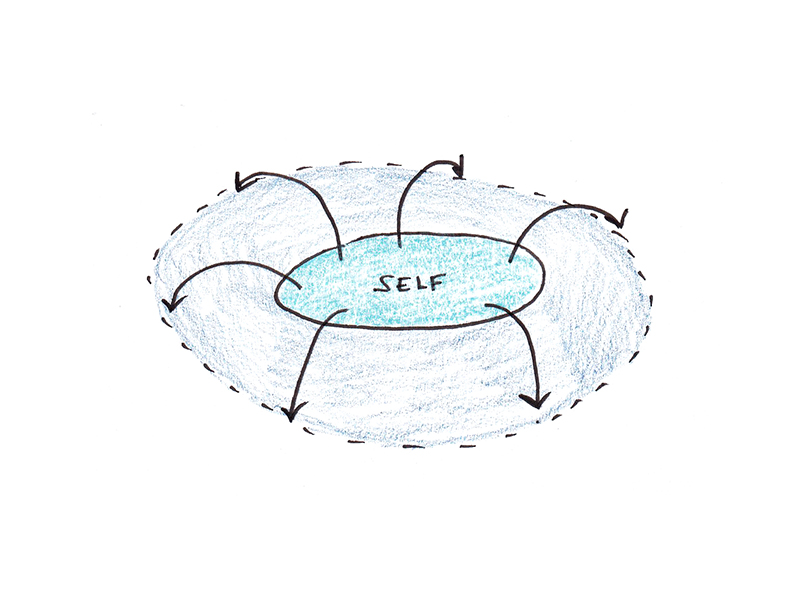Calico Fabrics: A Versatile and Sustainable Textile

A text in itself that will always stand the test of time for many years to come is the calico fabric, and it has had a good reputation for the British textile industry, particularly in the past few centuries. It has traveled to the UK from India, and a tale would be fruitful about cultural space, industrial invention, and economic conversion. Calico, however, is still in the middle of all essential materials in the textile industry. It is an ancient textile with an edifying past. Its durability, versatility, and eco-friendliness qualify it as very much the substance of fashion and home decor and for many craft projects. Whether you are a designer, a crafter, or simply interested in sustainable fabrics, calico is a material worth exploring.
Origins and Introduction to Britain
Calico fabric is known to stem from Calicut (now known as Kozhikode) in southwestern India, where it was produced as early as the 11th century. The term 'calico' was so established due to this pattern of traceability: Calicut, where it was born. Known for durability as well as inexpensive price, this plain woven textile was made from unbleached cotton, often not fully processed. East India Company managed to begin the export of calico to Britain in the late 17th century, hence bringing into society quickly what would turn out to be a very prominent British fabric.
The History of Calico Fabric
It is indeed in India that the very first weavings of "calico" originated. This went back as far as the 11th century around the city of Calicut (now called Kozhikode, Kerala). The word calico originated from that city's name. Subsequently, it grew to be one major hub of textiles, manufacturing, and trading in cotton goods. By the close of the 17th century, the calico found its way to the European continent and became one of the most welcomed fabrics in Britain, where it was used mainly for garments and household textiles.
Impact on the British Textile Industry
When Calico was born, it was in a country that was India. The document dates back to the 11th century in and around Calicut (now Kozhikode, Kerala). The very name "Calico" came from that city's name. Thereafter, it proved itself a major textile center for manufacturing and trading cotton commodities. Calico had already entered the European continent toward the last quarter of the 17th century and had become one of the most favored fabrics in Britain, where it was mostly used for making dresses and household textiles.
Advancements in Calico Printing
As early as the 18th century, the progress in calico printing within the UK was phenomenal. In the beginning, the imprints were prepared manually using wooden blocks punishing process and not highly promising, with limitations in terms of speed of production. The introduction of engraved copper plates in the mid-1750s allowed for more elaborate patterns and a higher turning rate of fabrics. By the late 18th century, the innovation of roller printing using copper cylinders brought a new dawn revolutionizing the industry by enabling even continuity and superbly rapid printing of fabrics.
Contemporary Uses and Significance
Calico is a versatile cloth used in various applications throughout the UK:
-
Fashion and Garmenting: The tailors and designers create toiles or mock-ups in calico so that a designer can pin the final designs in more expensive fabric.
-
Drapery: Calico is very widely used as curtains, upholstery, and bedding as it has a workably great strength and soft, natural beauty.
-
Crafts and the Arts: Calico is absolutely lovely for painting, printing, and all other forms of artistic pursuits because the unbleached surface provides a marvelous blank canvas for working rather moodily.
-
Eco-Friendly Products: To be done with demanding attention on sustainability, calico is used as reusable bags for shopping and packing as well as a sustainable alternative to synthetic materials.
Conclusion
The integration of calico fabric into British society is an acclaimed testimony of its versatility and consequent appeal. Calico has traveled far since its importation days to becoming one of the linchpins of Britain's textile industry, all while retaining its primary characteristics of durability and versatility. Calico's constant presence from the industry to craft and art forms further exemplifies its longevity in British culture and industrial use.









































































































![Building A Digital PR Strategy: 10 Essential Steps for Beginners [With Examples]](https://buzzsumo.com/wp-content/uploads/2023/09/Building-A-Digital-PR-Strategy-10-Essential-Steps-for-Beginners-With-Examples-bblog-masthead.jpg)





























![Senior Support Engineer - US West [IC3] at Sourcegraph](
https://nodesk.co/remote-companies/assets/logos/sourcegraph.f91af2c37bfa65f4a3a16b8d500367636e2a0fa3f05dcdeb13bf95cf6de09046.png
)




















